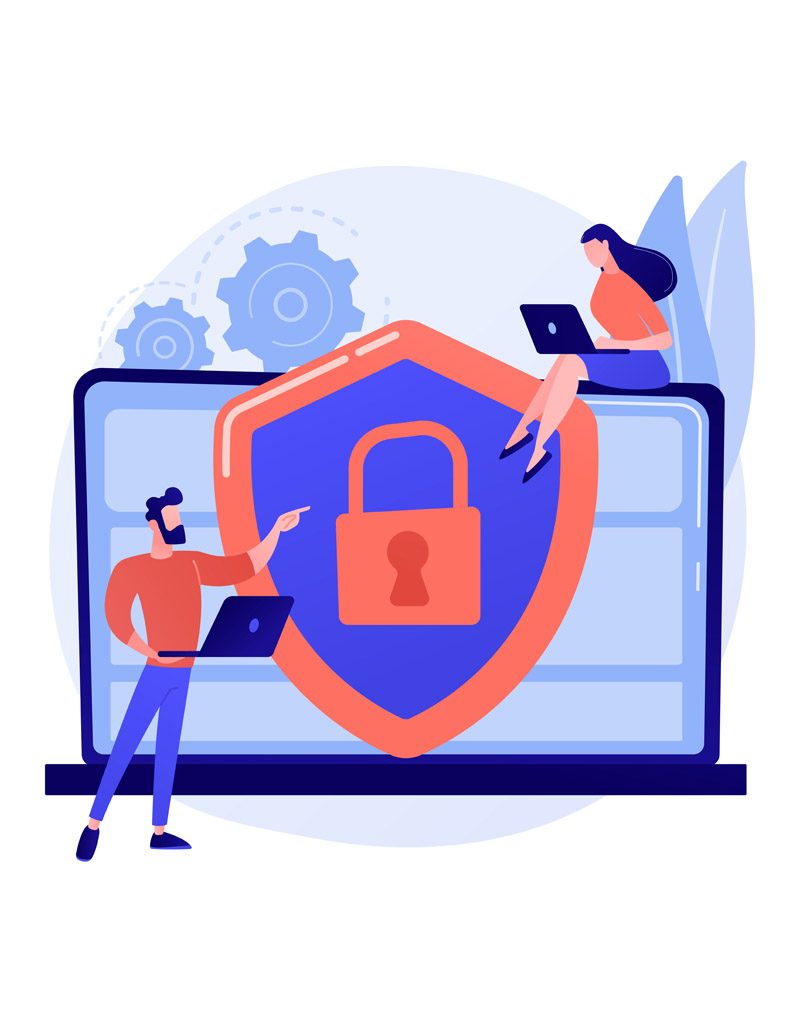Network Security
We are loyal to C.I.A. confidentiality, integrity, and availability
As a managed services provider (MSP), it’s more important than ever to ensure our customers with the best network security possible. Unfortunately, hackers and cyberattackers are persistent and devious, which means we must proactively leverage networking security tools to establish and maintain a superior line of defense.
Our Network Security Services
Network security refers to the various countermeasures put in place to protect the network and data stored on or passing through it. There are three components of network security: hardware, software, and cloud services.
Hardware appliances are servers or devices that perform certain security functions within the networking environment.
Cloud services refer to offloading the infrastructure to a cloud provider. The set-up is generally similar to how network traffic passes through in-line hardware appliances, but incoming network traffic is redirected to the cloud service instead.
Every good network security system uses a combination of different types of network security tools to create a layered defense system. The theory behind this strategy is that if a threat manages to slip past one security countermeasure, the other layers will prevent it from gaining entry to the network.












Different types of network security devices and tools we can provide for you
There are quite a few different networking security tools that we can incorporate into your line-up of services.”
1. Access control. This refers to controlling which users have access to the network or especially sensitive sections of the network.
2. Antivirus and anti-malware software. The best antivirus software
will monitor network traffic in real time for malware, scan activity log files for signs of suspicious behavior or long-term patterns, and offer threat remediation capabilities.
3. Behavioral analytics. Behavioral analytics software is designed to help identify common indicators of abnormal behavior, which can often be a sign that a security breach has occurred.
4. Data loss prevention. Data loss prevention (DLP) technologies are those that prevent an organization’s employees from sharing valuable company information or sensitive data—whether unwittingly or with ill intent—outside the network.
5. Distributed denial of service prevention. Distributed denial of service (DDoS) attacks are becoming increasingly common. They function by overloading a network with one-sided connection requests that eventually cause the network to crash
6. Email security. Email security software works to filter out incoming threats and can also be configured to prevent outgoing messages from sharing certain forms of data.
7. Firewalls. Firewalls are another common element of a network security model. They essentially function as a gatekeeper between a network and the wider internet.
8. Mobile device security. Implementing mobile device security measures can limit device access to a network, which is a necessary step to ensuring network traffic stays private and doesn’t leak out through vulnerable mobile connections.
9. Network segmentation. Dividing and sorting network traffic based on certain classifications streamlines the job for security support personnel when it comes to applying policies. Segmentation also helps to sequester potentially compromised devices or intrusions.

